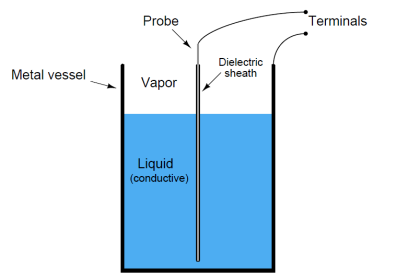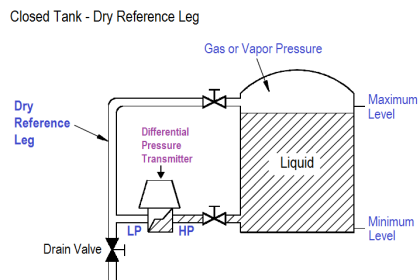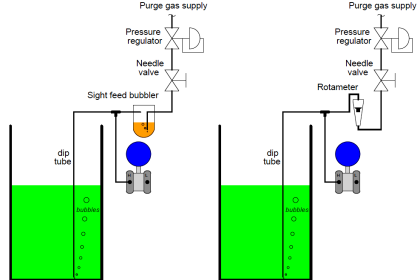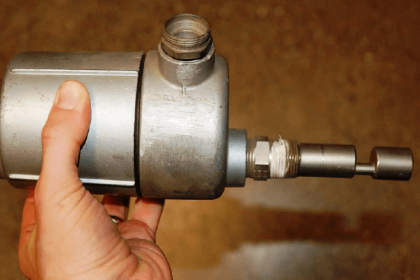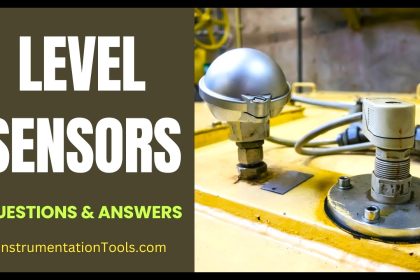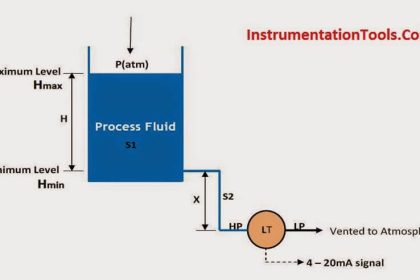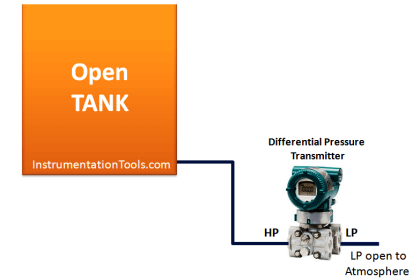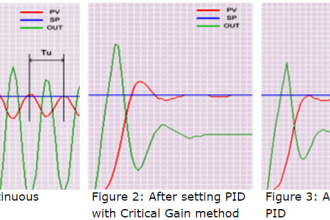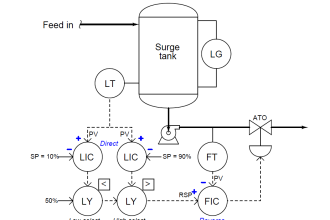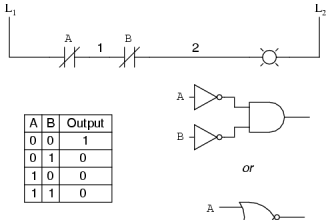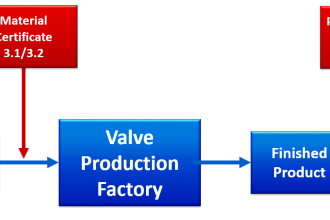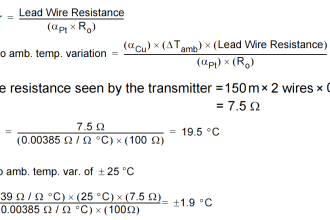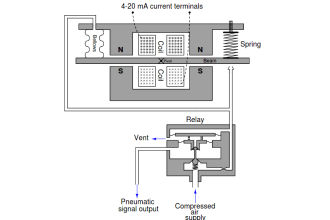To assure the safety and profitability of processes, it is essential to be equipped with instruments providing reliable and precise measurements of level. At the basics of level measurement, it is simply about determining the position of a surface inside a tank, reactor or other vessel. More precisely, level measurement is the determination of the linear vertical distance between a reference point (usually the base of a holding container) and the surface of either a liquid, the top of a solid, or the interface of two liquids. Precise control of the level of liquid in a tank, reactor, or other vessel is important in many process applications.
Level measurement is often used for inventory management. To provide good control, accurate measurement is essential and several devices and systems are available for measuring product level. Each is designed to provide accurate level measurement, although measurement precision and principles of operation vary among devices. All level measurements involve interaction between a sensing device, element, or system and a product inside a holding container.
The following pages will introduce the most common reasons for measuring level and explain why and how the different technologies for level measurement work. It will cover important aspects to consider when selecting a level-measurement device or system for a particular application, as well as the benefits and limitations of level measurement products.
Why measure level?
The below are the purposes of level.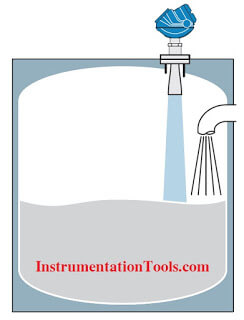
1.Inventory
The main reason for measuring level is to keep track of inventory in terms of volume or weight.
The industry has however increased its demands on control of inventory. Level measurement is one key component in a tank gauging system for reliable and accurate inventory control.
Other measurements for inventory control are temperature, pressure and water level. Keeping good control over your inventory has become increasingly important over the last several years, not only for operators using the content in a storage vessel, but for the whole company, including company executives, accounting, loss and leakage control managers and others. This is a result of increased focus on safety, cost of ownership and the value of products stored. It is common to see level accuracy requirements being better than -1/8 inch (3 mm)
2 Custody transfer
In many instances, the amount of material that is bought and sold (custody transfer) is based on a
level measurement converted into volume or weight (from mathematical equations or strapping tables) (See strapping tables on page 12). In custody transfer situations, the required accuracy of the level instrument is very high, since even an error of 1/8 inch (~3mm) of measured level can result in a very large error in terms of uncertain volume.
There are two main types of Custody transfer, Legal and Commercial. The Commercial Custody transfer occurs when two parties agree upon the required volume accuracy of the measurement and what instruments to use. The Legal Custody transfer is more stringent and requires metrologically approved instruments. Such instruments have a Legal pattern approval to be used for such use and typically have accuracy better than 1/16 inch (1 mm).
Guidelines and recommendations for using level devices for Custody transfer are available in international standards, such as the API Manual of Petroleum Measurements (MPMS) Chapter 3.1B and OIML R85. Several countries also have national approvals that need to be followed.
3 Process efficiency
Accurate level measurement increases efficiency. For example, if a tank farm needs to keep a certain amount of material on hand at all times and the storage tanks are not filled to full capacity, the facility will incur the unnecessary expense of purchasing and maintaining additional storage vessels. The storage tanks could hold another 60 units of product before the farm would need to purchase a new tank. Efficient use of storage space prevents the extra cost of needlessly acquiring more storage vessels.
4 Safety
Level is also measured for safety reasons. Filling vessels above their capacities can cause safety hazards—spills (overflowing) in open vessels. If the vessels are holding caustic, reactive, hot, flammable, or hazardous materials, spills or overpressure could lead to catastrophic results. Monitoring levels in tanks to make sure they are not leaking is also important for the same types of hazardous materials. Preventing overfills and leak detection is also important for meeting environmental regulations,
5 Consistent supply
Many processes require a steady supply of inputs and outputs. A consistent supply may be difficult to maintain if the supply is delivered at varying rates or if there are surges in the supply line. A storage vessel between the supply and the process can act as a buffer to ensure that outflow is kept steady despite fluctuating inflow.If the process level in the storage vessel is always maintained within an appropriate range, the supply delivery rate to the storage vessel can rise and fall without affecting the supply delivery rate from the storage vessel to the process.
Consistent supply is directly related to product quality in pulp and paper industries, where a consistent supply ensures that each sheet of paper has the same thickness as all the other sheets.

